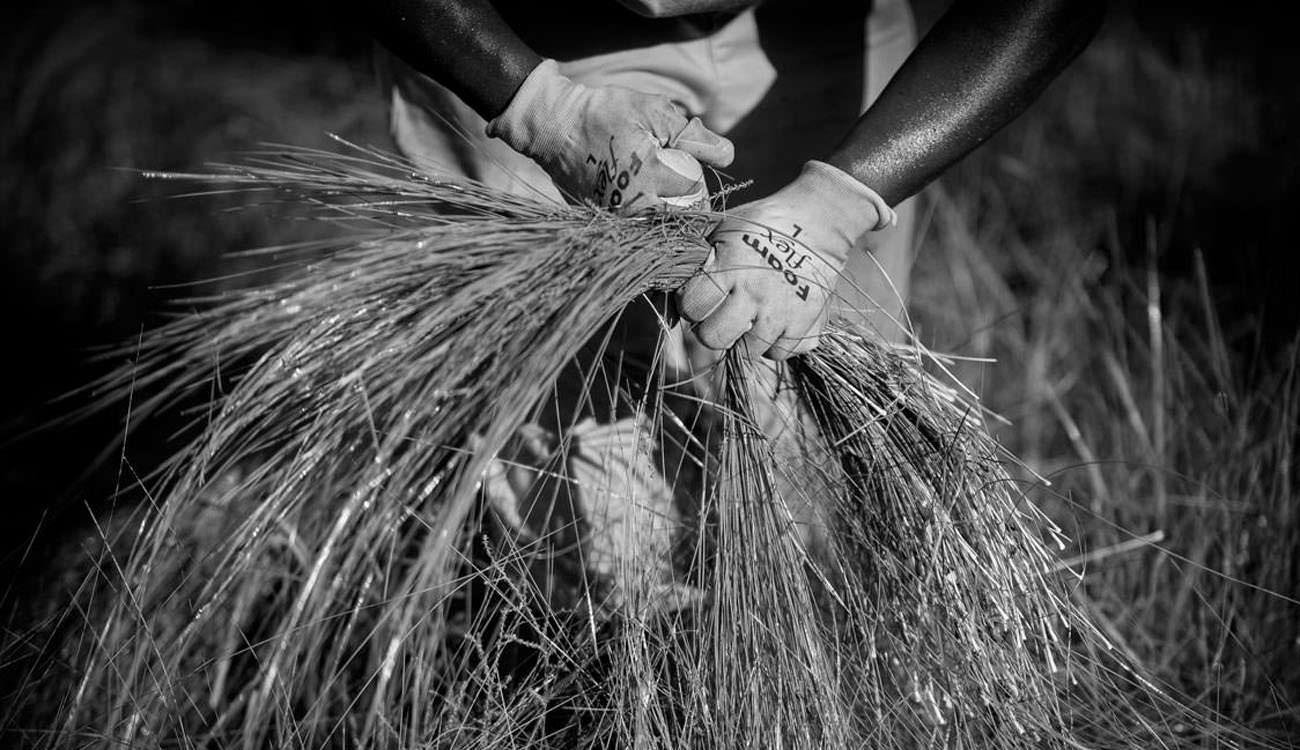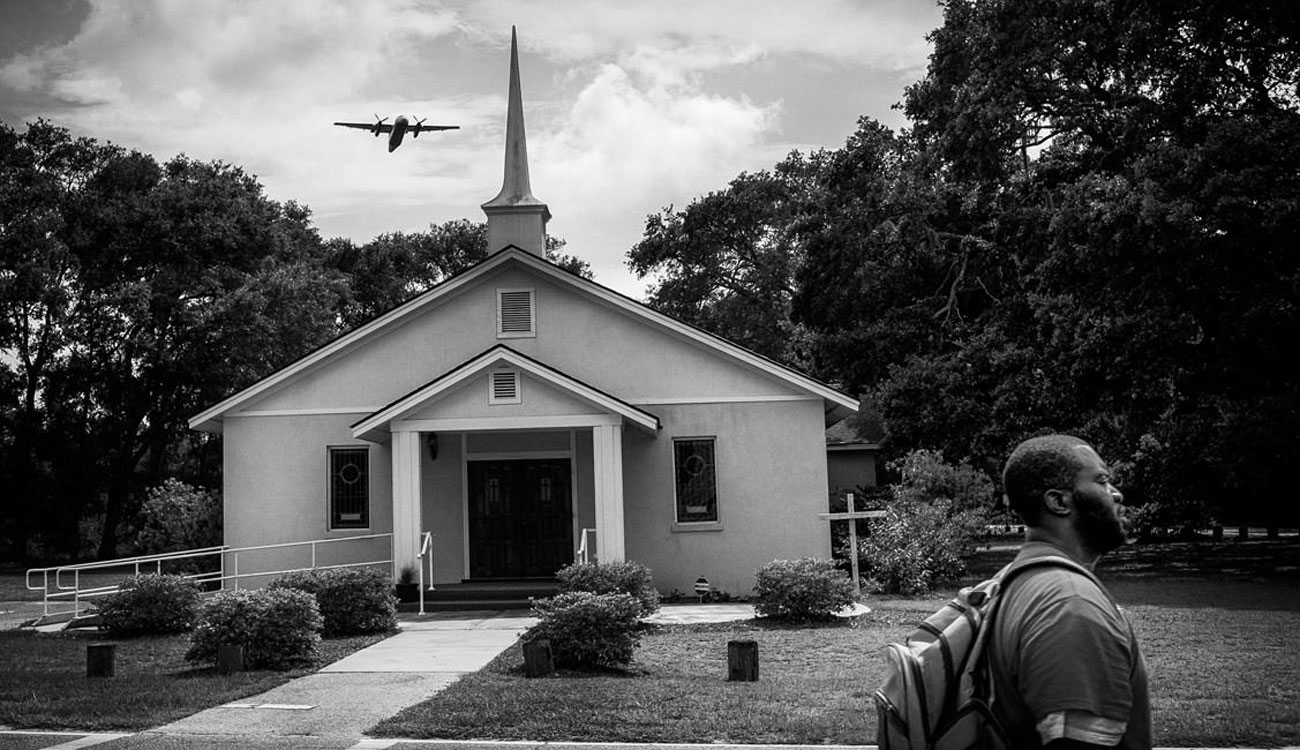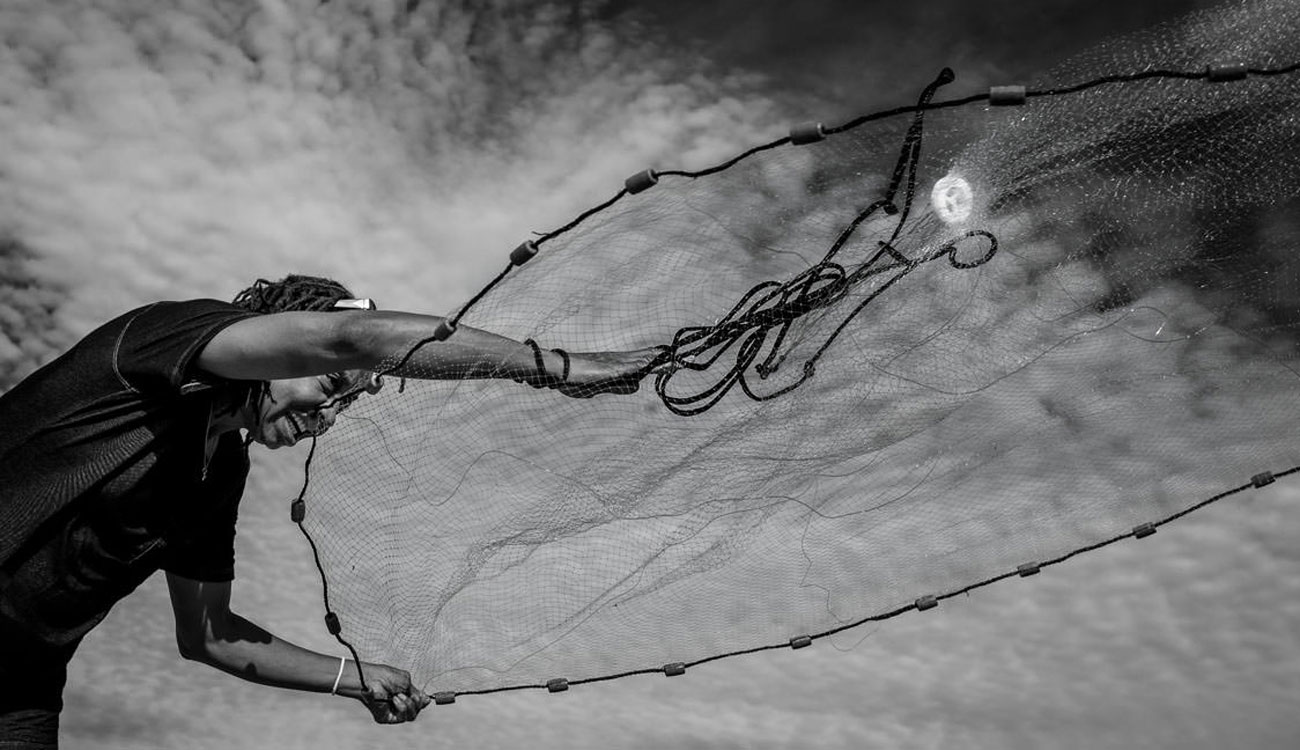New Birth of Freedom
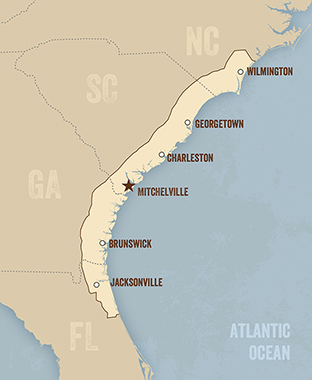
The Civil War ended on April 9, 1865. The 21st US Colored Infantry Regiment (3rd SCIV) returned to Hilton Head Island in 1867 and mustered out of Federal service. The Union Army officially left Hilton Head in January 1868, and with it went many paying jobs. The people of Mitchelville did not have clear title to their homes and began to leave, looking for work and a new life. Soon many homes were abandoned; the old houses were salvaged for building materials. In 1875, heirs of the original owner paid back taxes and obtained title to Fish Haul Plantation, including Mitchelville. The heirs subdivided and sold the property in small lots. In 1885, Freedman Gabriel Gardner purchased 650 acres, which he divided into small lots to sell. Mitchelville ceased to be a town and became a close-knit, kinship-based community.
At the beginning of the twentieth century, there were 2,235 people on Hilton Head Island. Almost all were African Americans. Soon wealthy northerners began to buy large sections of the island including land owned by native islanders. By the early twentieth century African Americans owned only one-quarter of the land, and Mitchelvile no longer appeared on maps of the area. Fish Haul Plantation and the land that was once Mitchelville were sold to the Hilton Head Company in 1950.
The Gullah Geechee Legacy
Today Hilton Head's native islanders, the descendants of enslaved people who lived and worked on Sea Island and Lowcountry plantations, are known as Gullah Geechee people. Their diverse African roots and enslavement in isolated communities created a unique culture that is embodied in their cuisine, music and performing arts, language and oral traditions, crafts, and religion and spirituality.
In 2006, the US Congress created the Gullah Geechee Cultural Heritage Corridor. The Corridor encompasses a cultural and linguistic area along the southeastern coast of the United States from Pender County, North Carolina to St. John's County, Florida and 30 miles inland. The Corridor celebrates, preserves, and shares the important contributions made to American culture and history by Gullah Geechee people. Mitchelville is an important destination along the Corridor.
Preserving Mitchelville
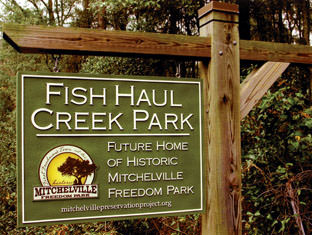
Mitchelville is listed on the National Register of Historic Places. A significant portion of the village is preserved at Fish Haul Creek Park owned and operated by the Town of Hilton Head Island. The park is the future home of Mitchelville Freedom Park. The Mitchelville Preservation Project is working to create a multi-media visitor experience that will celebrate the historical, cultural, social, political, economic, and spiritual story of Mitchelville's former residents.
Gullah Geechee Genealogy
The Heritage Library Foundation, students from Clemson University, and members of the Mitchelville Preservation Project are working with Ancestry.com to identify people who lived at Mitchelville between 1862 and 1868. Using hospital and military records, information from the National Archives in Washington, DC, and local family documents, they have discovered the names of over 500 residents. They hope to connect living descendants to their Mitchelville ancestors.

